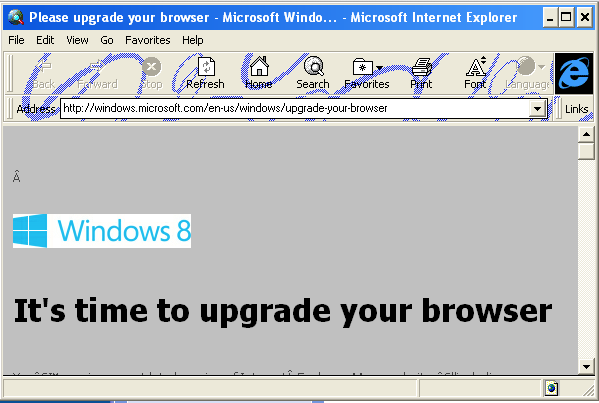Category: Web Development
-
Clever Job Posting In Flickr Source
I’ve seen sites do this from time to time, but I especially like the ASCII art here.
-
Dot-Com Era Browser Tech

Thanks to my RetroPosts plugin, this weekend I was reminded of a blog post I wrote in 2008 – Web Dev Challenge: 1996 Compatibility. In the post I outlined rules for developing for browsers from 1996: CSS1, Javascript 1, 640×480 screen resolution, etc. I think I assumed this would be a relatively simple challenge, but…
-
On Scaling WordPress
In yesterday’s post, I mentioned that to scale WordPress you “just cache it.” That’s a pretty big claim to make without any sort of references. Here’s Peter Chester of Modern Tribe’s talk on the subject from WordCamp LA 2011.